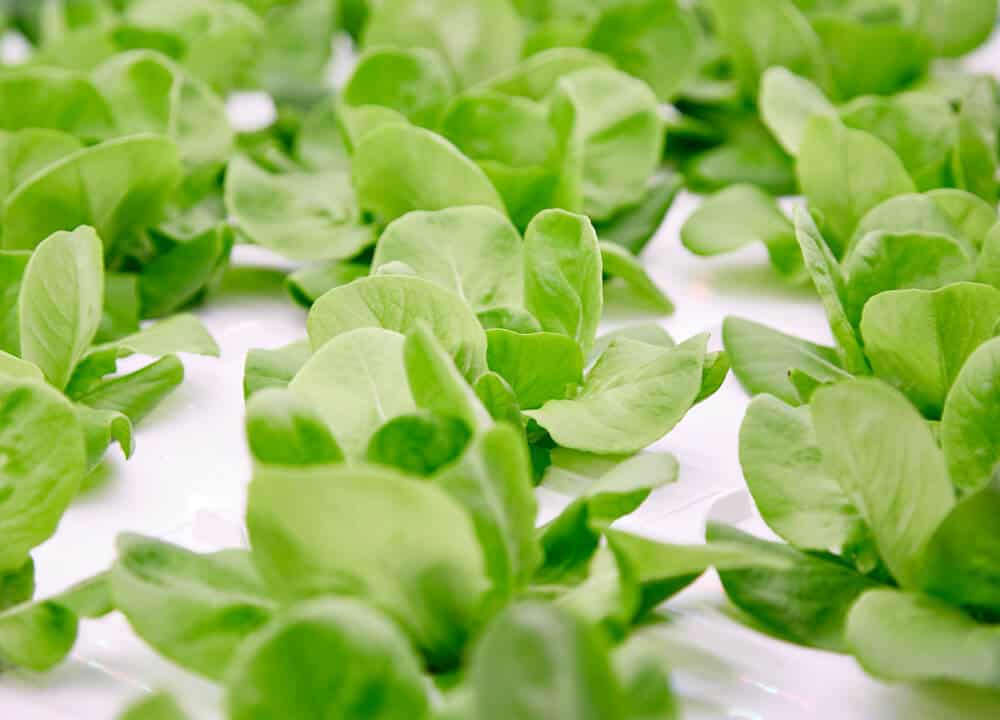
Many people are curious about whether plants grow more slowly under LED lights than they do under conventional grow lights given the growing popularity of LED lights for indoor gardening. The answer is not simple since it relies on a number of variables, including the type of plant, the LED lights’ quality, and the length and intensity of light exposure.
First and foremost, it’s critical to comprehend that plants need particular wavelengths of light in order to perform photosynthesis, the process through which light energy is transformed into chemical energy to support plant development. Specific light wavelengths may be programmed into LED lights, which may be advantageous for plant development. For instance, red light stimulates blooming and fruiting whereas blue light encourages vegetative development.
All LED lights are not made equal, though. Plant development may be significantly impacted by low-quality LED lights because they may not emit the proper light spectrum or may have irregular light levels. Therefore, it is crucial to spend money on premium LED lights that are intended exclusively for plant development.
The length and intensity of light exposure are other factors that have an impact on plant development when illuminated by LEDs. To develop efficiently, plants need a particular quantity of light each day, but too much or too little light can be harmful. Depending on the type of plant, it is advised to give it 12 to 16 hours of light every day. Additionally, depending on the requirements of the plant and the distance between the plant and the light source, the intensity of the light should be modified.
Finally, it’s crucial to remember that various plants require varied amounts of light. While certain plants, like ferns and ivies, prefer lower light levels, others, like succulents and cacti, require more intense light than others. The precise lighting needs of the plants you are cultivating should be researched, and the LED lights should be adjusted as necessary.
In conclusion, LED lighting does not inherently cause plants to develop more slowly; nevertheless, the quality of the LEDs as well as the length and intensity of the light exposure can have an effect on plant growth. Indoor gardeners may effectively grow plants under LED lights by investing in high-quality LED lighting and modifying the light exposure based on the demands of the plant.
